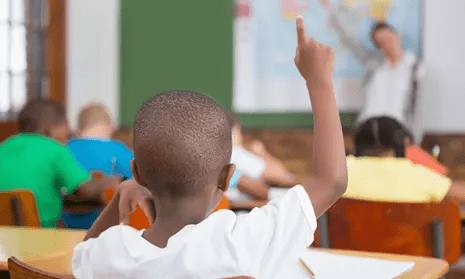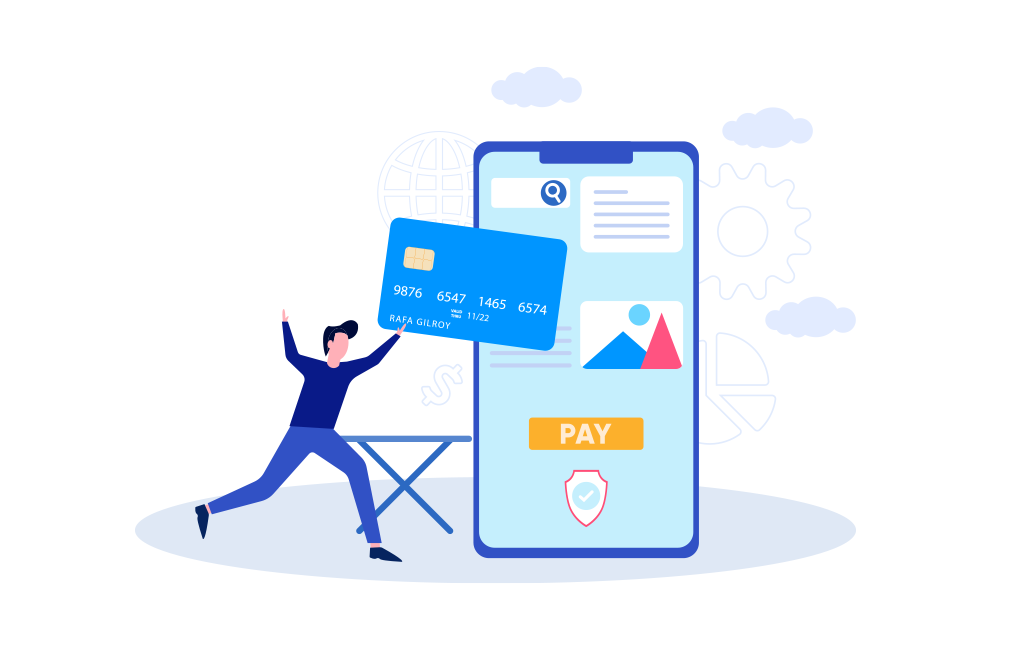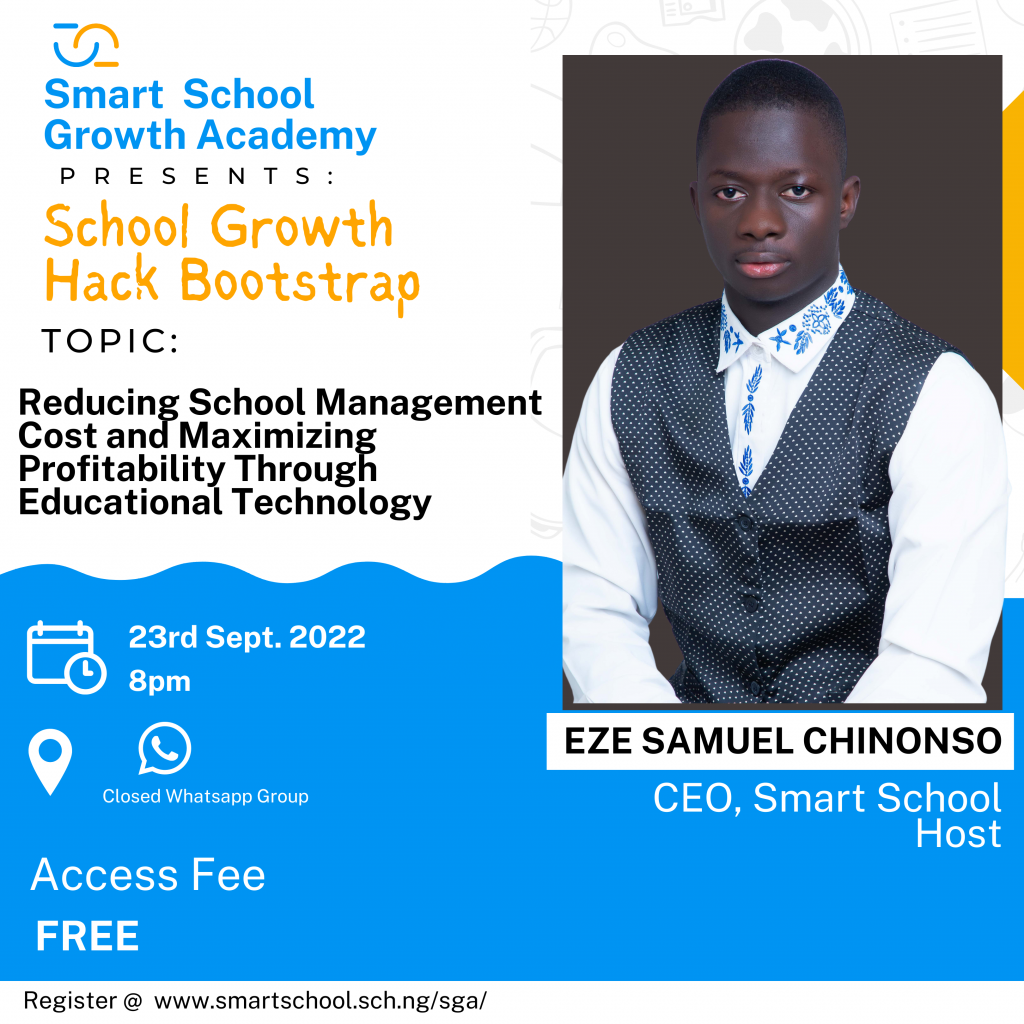The Power of Personalized Learning: How to Tailor Education to Every Student
Personalized learning is a teaching approach that has gained popularity in recent years, and for good reason. It recognizes that every student is unique, with their own strengths, interests, and learning styles. By tailoring education to each individual student, personalized learning can help students achieve greater academic success and foster a love of learning that can last a lifetime.
So, what exactly is personalized learning? At its core, it is an approach to education that focuses on the needs and interests of each individual student. Rather than using a one-size-fits-all approach, personalized learning takes into account each student’s strengths, weaknesses, and learning style, and then adapts the curriculum, teaching methods, and assessments accordingly.
One of the key benefits of personalized learning is that it can help to close the achievement gap. Students who struggle in a traditional classroom setting may find that personalized learning helps them to better understand the material and improve their academic performance. By identifying each student’s unique strengths and weaknesses, teachers can provide targeted support and individualized instruction to help them succeed.
Another benefit of personalized learning is that it can help to foster a love of learning. When students are engaged and invested in their education, they are more likely to be motivated to learn and to take ownership of their own learning. Personalized learning can help to create a learning environment that is both challenging and supportive, where students are encouraged to explore their interests and passions.
So, how can teachers and educators implement personalized learning in the classroom? There are a few key strategies that can be used to tailor education to every student:
1. Get to know your students. Take the time to understand each student’s strengths, weaknesses, and learning style. This can involve informal conversations, student surveys, or more formal assessments.
2. Differentiate instruction. Once you have a sense of each student’s unique needs, you can adapt your instruction to better meet those needs. This might involve using different teaching methods or materials, or providing additional support or scaffolding.
3. Use technology to personalize learning. Technology can be a powerful tool for personalized learning, allowing students to work at their own pace and providing instant feedback and support.
4. Create opportunities for student choice and self-directed learning. When students have a say in their own learning, they are more likely to be engaged and invested in the process.
Overall, personalized learning has the power to transform education by tailoring it to the needs and interests of each individual student. By using strategies such as differentiation, technology, and student choice, teachers and educators can create a learning environment that is challenging, supportive, and engaging for all students.
Do you enjoy reading this blog join our Educators Network where we also share insightful update about the school business








